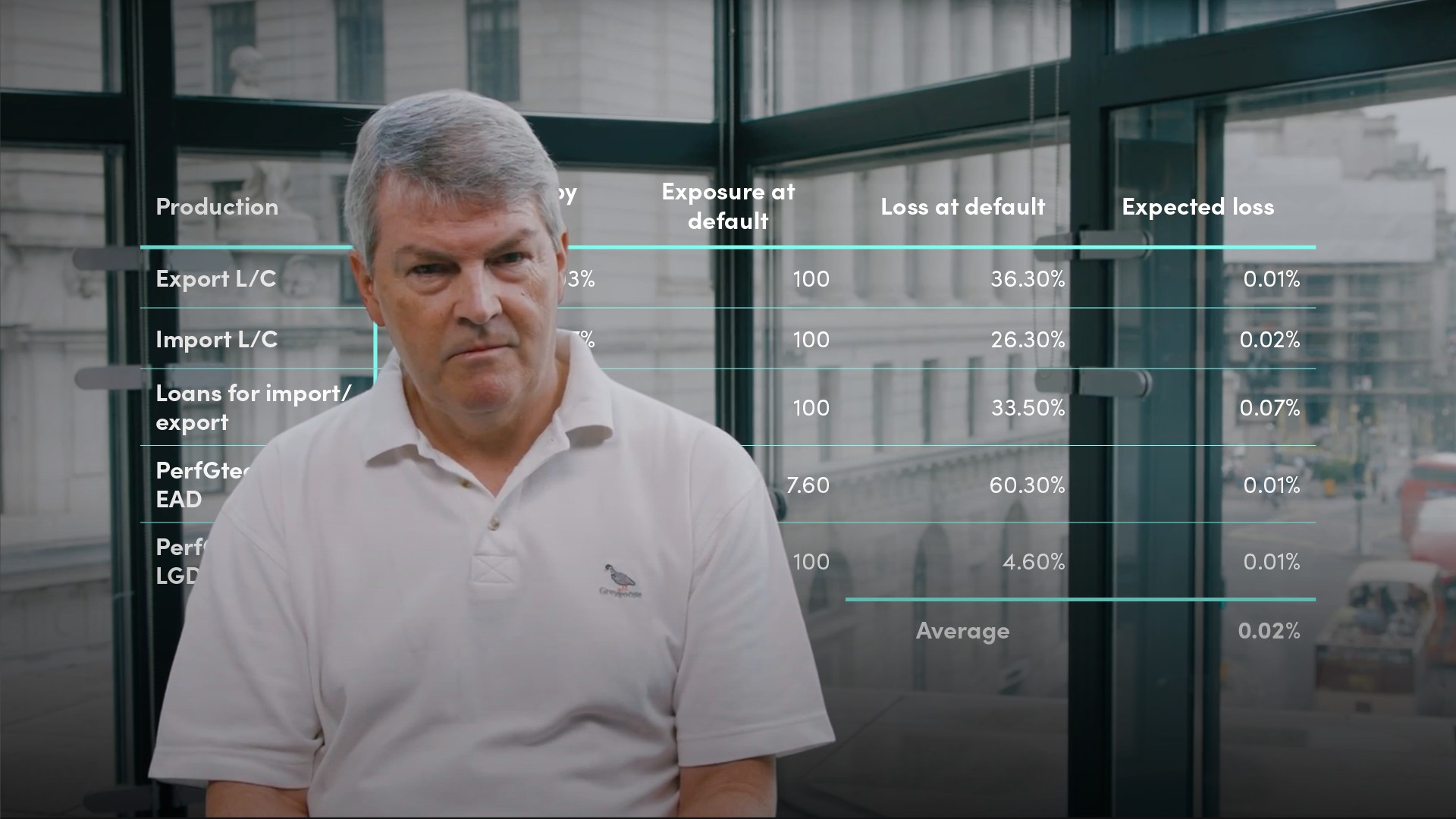
Key Benefits of Trade Finance

Aidan Applegarth
30 years: Commodity & trade finance
In Aidan's previous video, he clarified some terms closely related to trade finance to provide a better understanding of the basics. In this video, Aidan discusses the key benefits of trade finance, namely its transparent and self-liquidating transactions, its earnings potential, and cross-sell potential.
In Aidan's previous video, he clarified some terms closely related to trade finance to provide a better understanding of the basics. In this video, Aidan discusses the key benefits of trade finance, namely its transparent and self-liquidating transactions, its earnings potential, and cross-sell potential.
Subscribe to watch
Access this and all of the content on our platform by signing up for a 7-day free trial.

Key Benefits of Trade Finance
6 mins 18 secs
Key learning objectives:
Learn about the variety of benefits of trade finance
Understand how an investor's risk changes as they increasingly utilise trade finance
Outline what the earnings potential is when using trade finance
Overview:
Global trade finance optimises complementary skill sets and facilitates a focus on capabilities rather than product. In short, a Global Trade Finance approach ensures the whole is greater than the sum of its parts. With this being said, there are a variety of benefits that come from global trade finance that have real, widespread benefits.
Subscribe to watch
Access this and all of the content on our platform by signing up for a 7-day free trial.
What are the benefits of Trade Finance?
- It provides a flow of transparent and typically self-liquidating transactions
- It generates strong fee income potential at an attractive RAROC
- Trade debts have tended to be prioritised in the event of a moratorium
- Trade Finance offers an effective ‘foot in the door’ to emerging markets
- There is strong cross-sell potential along the Supply Chain
- Trade Finance enjoys a relatively low default experience (compared to straight corporate lending)
How does utilising trade finance affect risk?
Trade Finance offers a transparent and relatively low risk means of putting or keeping a foot in the door to the emerging markets. It can enhance a bank’s correspondent relationship with emerging market banks, relying upon the trade debt prioritisation to protect its interests. Also, by participating in a country’s trade flows, the door is additionally open to more capital market intensive offerings when the economic environment picks up.
What is the Earnings Potential of Trade Finance?
For each of the Trade Finance offerings, fee income potential is a driver over interest income, and this makes the products attractive compared to straight corporate lending. However, in many institutions these Trade products do not get fairly measured against other bank products, so for any serious attempt at Trade it is imperative that a Risk Adjusted Return on Capital (RAROC) is applied. Typical ‘ball park’ RAROC borne out by leading Trade / Commodity Finance banks should show:
- for traditional Trade Finance 20%+
- for Export Finance 25%+
- for Commodity Finance 30%+
- for Structured Trade & Commodity Finance 35%+.
Subscribe to watch
Access this and all of the content on our platform by signing up for a 7-day free trial.

Aidan Applegarth
There are no available Videos from "Aidan Applegarth"



























